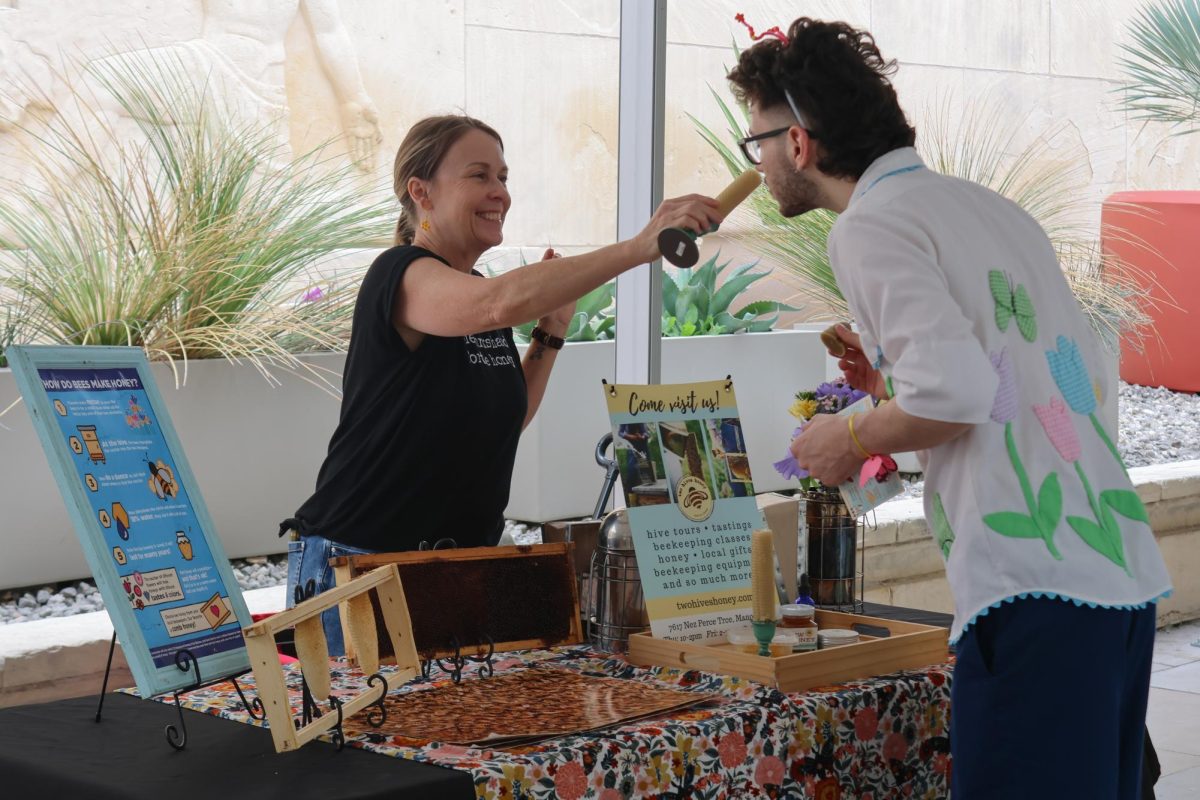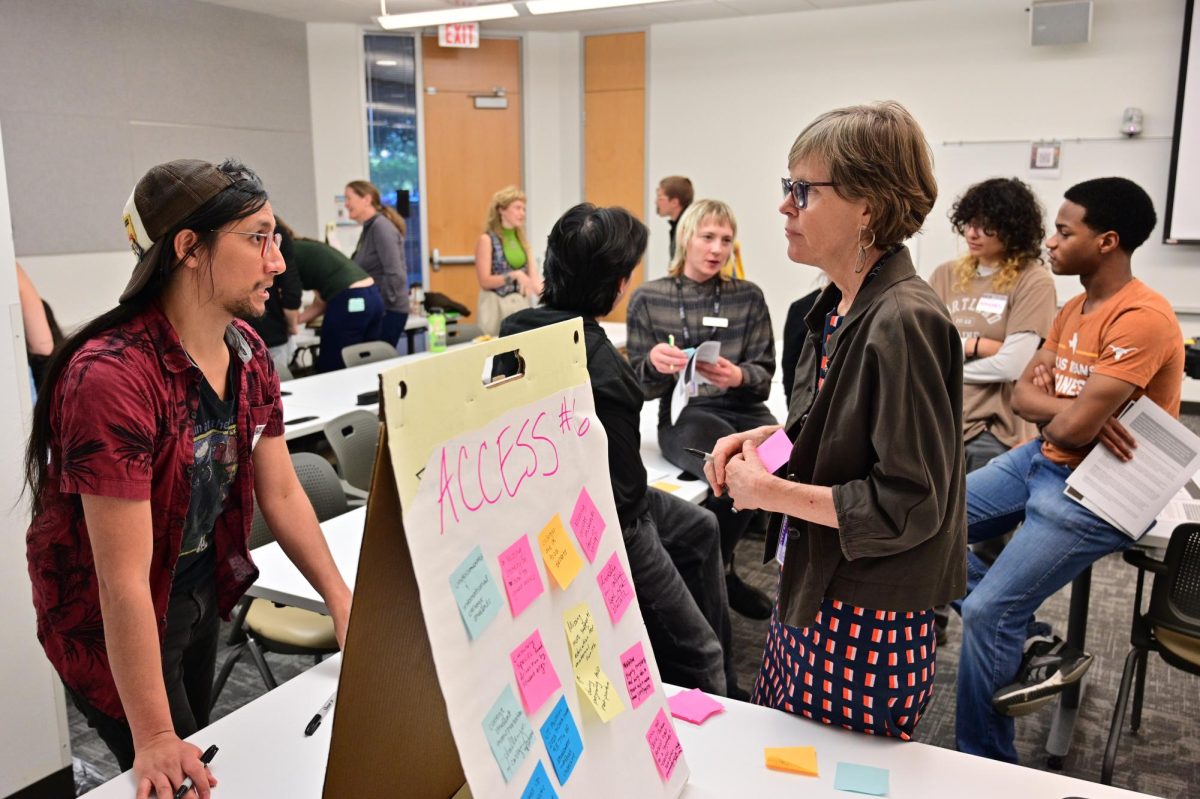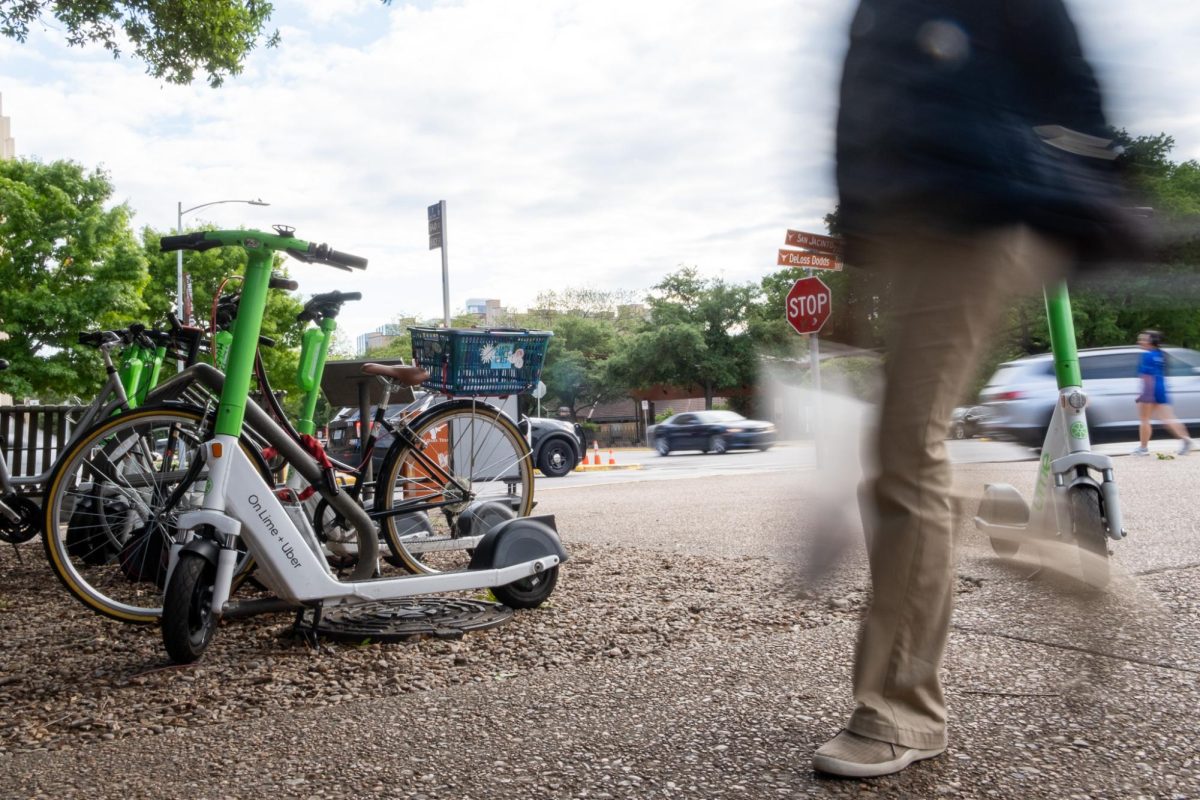Interstate Highway 35 from State Highway 71 to U.S. Highway 183 is the fourth-most congested roadway in the state, according to a Texas Department of Transportation list released last week.
Because of Austin’s economic growth and population increase, roadways are growing increasingly congested during peak commuter hours despite attempts to fund infrastructure improvements, according to the city of Austin’s website.
“With a combination of the business district, downtown area, double deck split, hospitals and UT, there is a lot of entering and exiting traffic in that area,” said John Hurt, Austin spokesman for the Texas Department of Transportation.
In the late 1960s and early 1970s the upper deck on the stretch of I-35 entering downtown Austin was built to alleviate traffic, Hurt said. However, since the 1970s the downtown area has become busier and more crowded and new lanes cannot keep up with increased congestion.
“The possibility of adding lanes is not good,” said Hurt. “It’s a temporary fix.”
In the last four to five years, traffic on that section of I-35 has not gotten dramatically worse, said Tim Lomax, research engineer for the Texas Transportation Institute. He said this has been a result of the ongoing recession.
“Congestion has actually dropped 10 to 15 percent, reflecting the economy of the past three to four years,” Lomax said. “However, on that section of the road, a decent economy combined with an increase in population is bound to produce traffic congestion that is still worse than average.”
For the every-day commuter, this means skyrocketing gasoline consumption, he said.
“In 2009, the average Austin commuter spent an extra $900 dollars a year in gas and travel time,” Lomax said. “If you think about the commuters on that section of 35, they’ve spent at least $1,100 just sitting in traffic. It boils down to about an extra $100 a month.”
However, the increased spending on fuel because of bad traffic is not the only cost to society, said engineering professor Kara Kockelman.
“The main cost to society lies in lost time [or higher crash severities, at high speeds], rather than extra fuel consumed,” Kockelman said.
A drastic change will require effort from many groups, including the city of Austin, the Capital Area Metro Planning Organization, the Central Texas Regional Mobility Authority and others, said Kockelman. While many Austin residents would not appreciate price increases, Kockelman said tolling and road pricing may be the best option for TxDOT at the moment.
TxDOT added state Highway 130 over the last decade in hopes to revive pressure from I-35, Kockelman said, but Highway 130 has not yet been successful at reducing congestion on I-35.
“It is rather new, in a largely undeveloped setting, and presumably too far away and tolled too heavily to attract much traffic at this early stage,” Kockelman said. “But it does offer a bypass option for those with long trips. Shorter trips remain very much attracted to the highly congested I-35 corridor through and near downtown Austin.”
Some commuter students of UT have also experienced the brute of peak I-35 traffic congestion. Journalism sophomore Rachel Knapp said she spent last semester commuting to UT and struggled to make it to campus in the face of the high congestion.
“I live in Round Rock, which is only a 30-minute drive from here on I-35,” Knapp said. “But because I had 8 a.m. classes every morning, I would have to leave at 6:30 every morning to beat the traffic and make it to class.”




















